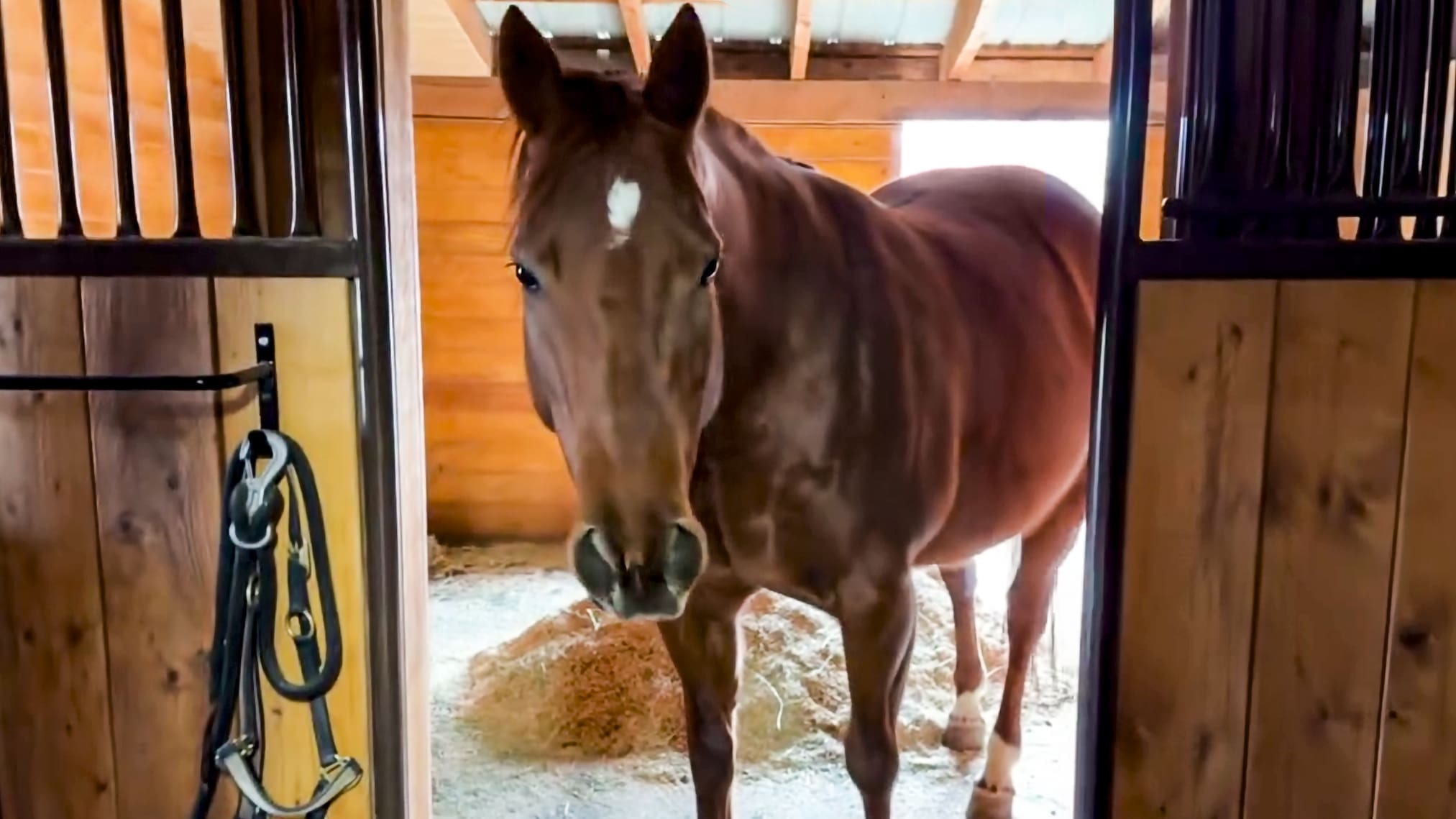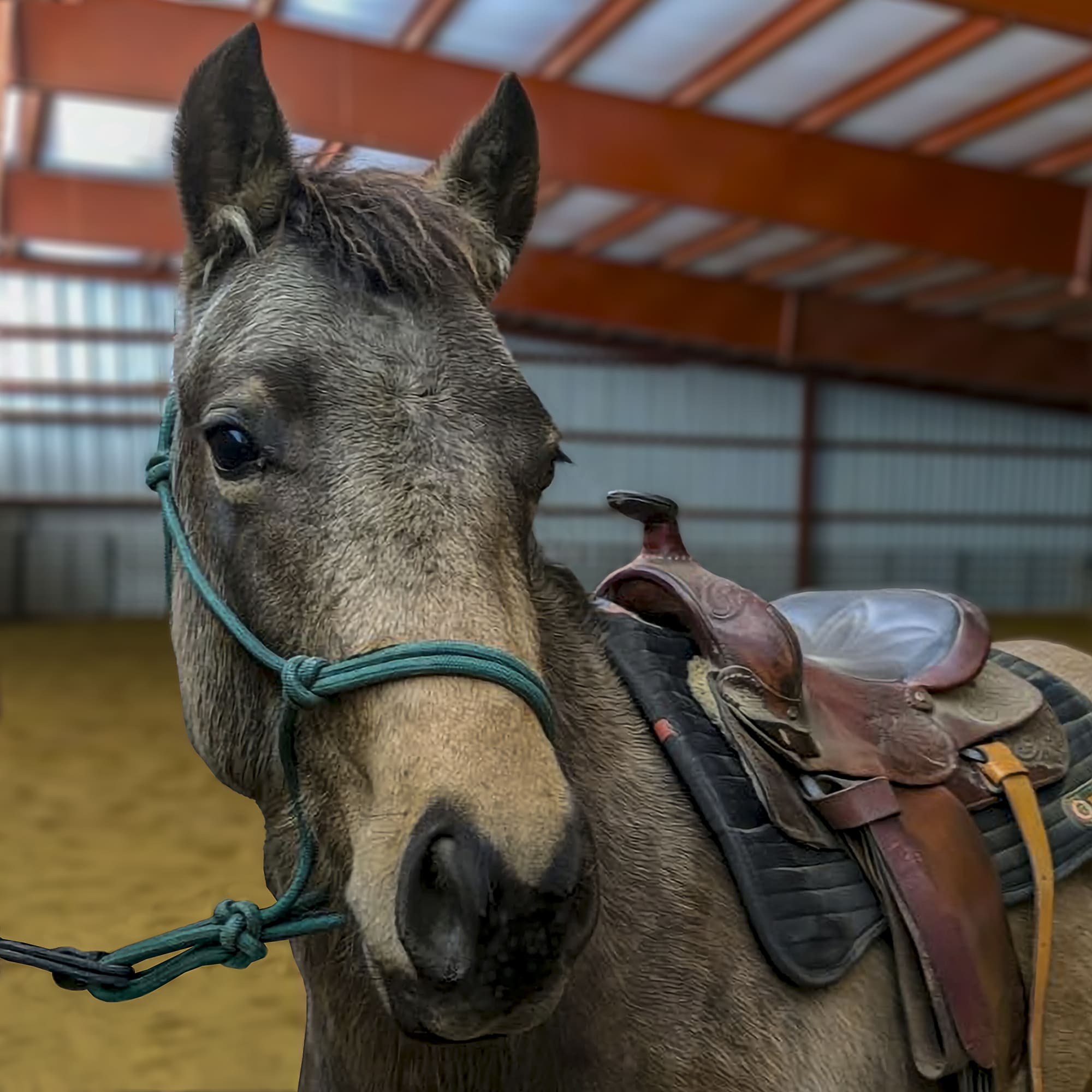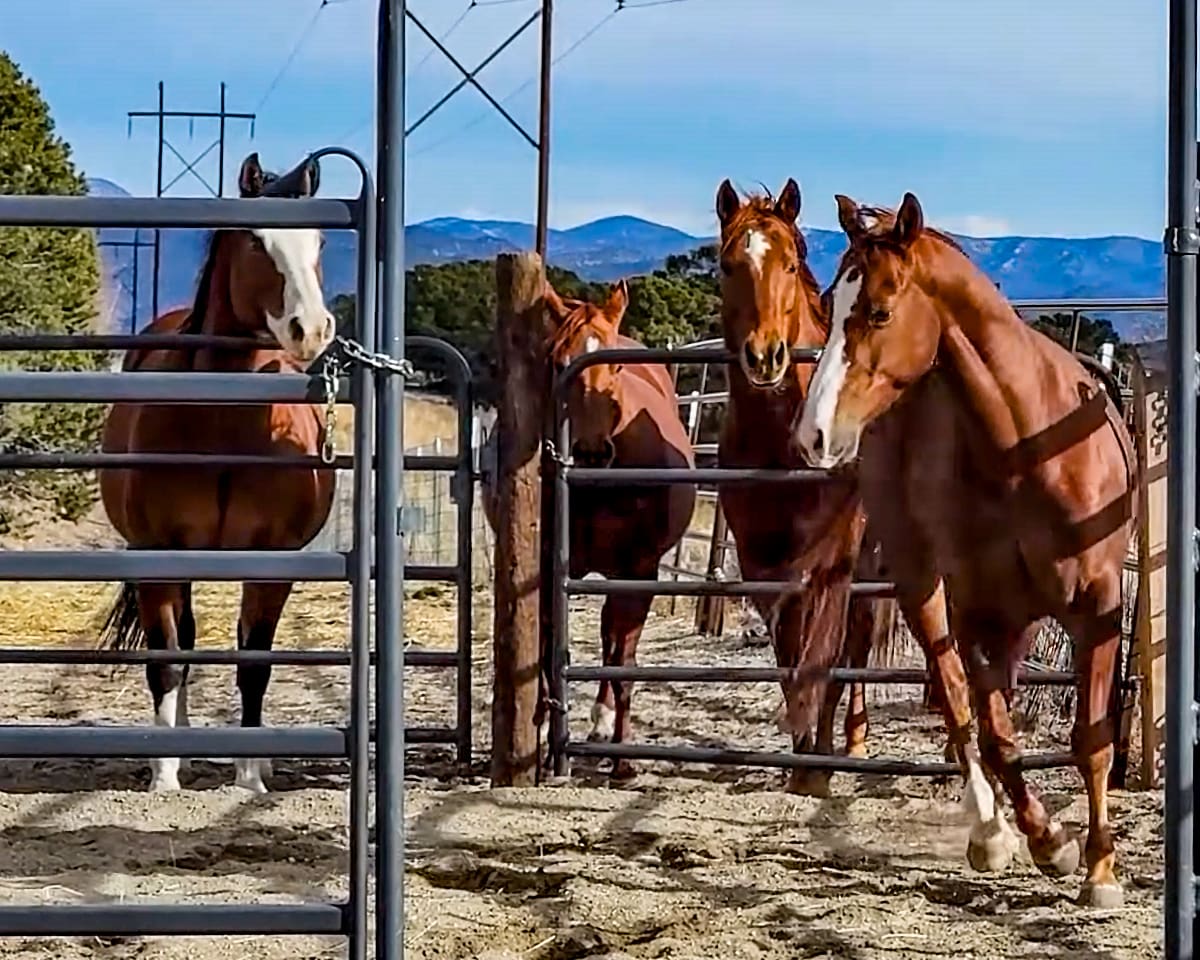Question:
The camp where I work mainly serves kids which have never ridden before, and some of our horses will have 15 different riders in a week between campers and horse lessons. Some of our newer horses are not ready for kids, and I was wondering what your thoughts are on how I can teach the new horses how they are to behave with a new rider on them, who won’t know how to discipline their horse.
Answer:
Horses in beginner group riding programs should be taught to adhere to a strict routine. Fortunately, horses are easy to train to a routine and pattern and in fact, they find it quite appealing. Think about how easy it is to train a pattern of behavior into a horse (for better or for worse). For instance, if you pick up a horse’s feet in the same order every day when you clean them out, in just two or three days, your horse is picking up the next foot as soon as you place down the previous one. Horses are very much creatures of pattern and routine and it gives them a sense of security when they know what to expect.
First, you need to thoroughly evaluate each new horse that comes into the program. Have a staff member assigned to each horse and make sure they have the time to catch, groom, saddle and ride the horse each day for at least a week. That should be enough time to assess the horse’s individual quirks, to learn its strengths and weaknesses and to make sure the horse is suitable for your program.
Consider the horse’s ground manners and work with the horse to make sure they are solid. Stands quietly, keeps its nose where it belongs (in front of his chest), is respectful of the handler’s space, picks up his feet for cleaning, compliant and relaxed while saddling and bridling, leads in a mannerly way (keeping a reasonable space from the person leading and does not try to get in front or lag behind too much). If the horse needs work on his ground manners, this is generally a very good investment of time. Some horses have just never been taught how to act properly and if he learns to follow rules from the ground, he will be much more compliant while being ridden.
As you are evaluating the horse, make sure you do all the obnoxious things that the horse might encounter from a beginner rider– jab your toe in his belly when you mount, put your knee in the flank, drag your foot over his rump, slam down hard in the saddle when you sit, bounce around, shift your balance, flap your arms, scream, drop a water bottle, etc. Don’t be too concerned if this bothers the horse at first. These things are easily desensitized.
Next, you need to teach the new horses the routine used in your program. From the moment the horses are fed or brought in each morning to the time the lights are turned out each night, make sure the new horses follow the exact routine you expect of them. The more consistent each aspect of your routine is, the better the horses will do. For instance, bring the herd into the barn in the same order, tie or stall them in the same place, groom and tack systematically, line them up to ride in the same order for each lesson. Do the exact same things in the same order every day and your horses will quickly acclimatize.
Have a staff member ride the horse in some real lessons, acting as if she were a student. Pay very strict attention to make sure the horse learns and follows the rules in the arena, whatever they may be– stay in line, do not pass, don’t fraternize or interact with another horse in any way. Teach them the regular pattern of your lessons, like standing in the middle for tack checks, lining up to trot one at a time, riding around the cones, etc.
The staff person will strictly discipline the horse for any infraction of the rules and that will help the horse learn what is expected of him. When not actively disciplining the horse, the staff person should ride very passively, as a beginner student would– floppy and sloppy in the saddle. Most horses will fall into the routine fairly quickly, assuming you are starting out with a suitably trained and tempered horse.
Most of the large group riding programs I have worked with, do not allow students to discipline the horses; it is doubtful that a beginner rider could effectively discipline a horse and allowing students to do so can often lead to more problems. Besides, if you have authorized a student to discipline a horse, you have publicly admitted the horse has a problem. That could easily come back to haunt you.
Therefore, the new horses should be fully assimilated into your program’s routine by a staff member and should not be ridden by students until the staff person is no longer making any corrections with the new horse and the horse has settled into the program.
In the last decade, behaviorists have reversed their opinion on whether or not horses learn from other horses. It was previously thought that this was impossible but now it has been demonstrated in many different experiments that horses can and do learn by watching other horses. So make sure your new horses are paired up with a seasoned school horse that knows his job well and let your other horses lead by example.
Julie Goodnight, CHA Master Instructor




No comment yet, add your voice below!